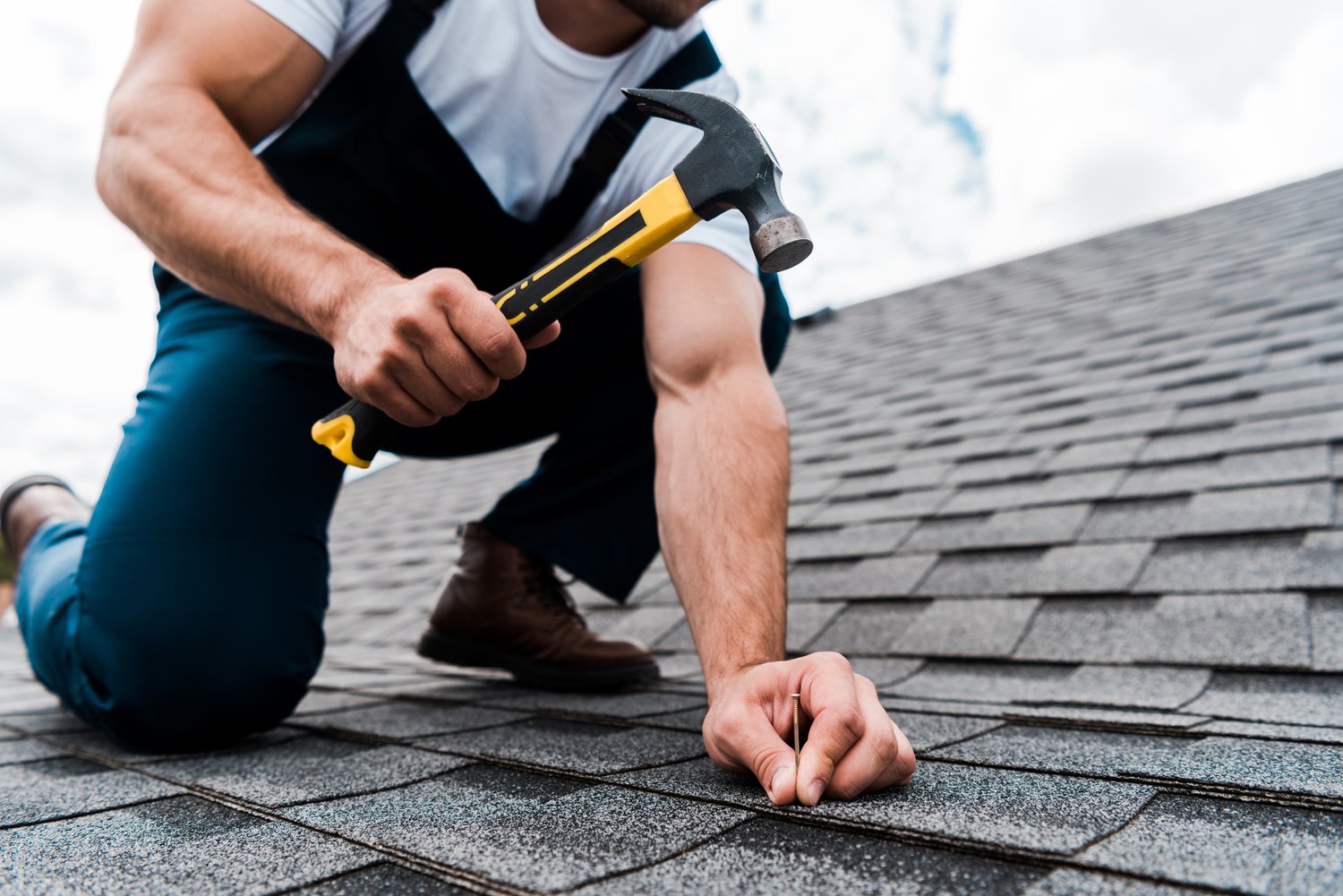Your roof silently protects your home from the elements day after day, yet it’s often overlooked until a problem arises. Implementing regular DIY roof maintenance can extend your roof’s lifespan and help avoid costly repairs. This article outlines straightforward homeowner roof tasks that can be performed safely without professional assistance. While some roof work absolutely requires professionals, these simple roof checks and maintenance activities will help you keep your roof in optimal condition between professional inspections.
Safety First: Before You Begin Any Roof Work
Before climbing any ladder or attempting DIY roof maintenance, safety must be your absolute priority. Always work with a partner who can hold the ladder and assist if needed. Choose a clear, dry day with minimal wind for any roof work. Wear rubber-soled shoes for better traction, and consider using a safety harness for steep roofs. Keep tools in a tool belt or bucket that attaches to your ladder to prevent dangerous reaching. Most importantly, know your limits—if your roof is particularly steep or high, or if you’re uncomfortable with heights, leave the work to professionals. Safe roof care begins with acknowledging when a task is beyond your skill level or comfort zone.
Ground-Level Inspection Techniques
Not all effective homeowner roof tasks require climbing a ladder. Start your simple roof checks from ground level using binoculars for a detailed view. Look for missing, curled, or damaged shingles, rusted areas on metal roofs, or cracked tiles. Examine flashing around chimneys, vents, and skylights for signs of damage or separation. Check gutters for excessive granules from asphalt shingles, which indicate advanced wear. Also inspect the roof line for any sagging, which could suggest structural problems. This ground-level assessment is perhaps the safest and most fundamental aspect of DIY roof maintenance that every homeowner should perform seasonally.
Gutter Maintenance as Roof Protection
Though often considered separate from the roof itself, your gutters are integral to safe roof care. Clean gutters prevent water from backing up onto the roof, which can damage shingles and lead to leaks. Position your ladder securely, and use a small garden trowel to remove debris. Flush the gutters with a garden hose to check for proper drainage and leaks at seams. Tighten any loose gutter brackets and ensure downspouts direct water at least five feet away from your foundation. According to experts at AskHomey, properly functioning gutters are essential for extending the life of your roofing materials and preventing water damage to your home’s structure.
Moss and Debris Removal
Moss, algae, and accumulated debris can trap moisture against your roof surface, accelerating deterioration. For simple debris removal, use a soft-bristled broom with an extension handle to gently sweep away leaves, branches, and other material. For moss and algae, avoid pressure washing, which can damage roofing materials. Instead, apply a commercial moss killer designed specifically for roofs, following manufacturer instructions carefully. Apply on an overcast day to prevent rapid evaporation of the solution. These basic homeowner roof tasks help prevent moisture retention that can lead to premature roof failure.
Attic Inspection for Early Problem Detection
Some of the most telling signs of roof issues appear in your attic rather than on the roof itself. Make inspecting your attic part of your DIY roof maintenance routine. On a sunny day, enter your attic and look for light beams coming through the roof boards, which indicate holes or gaps. After rainfall, check for water stains, dampness, or mold on rafters and insulation. Also note any unusual sagging of the roof deck. Adequate attic ventilation is crucial for roof longevity, so ensure vents remain unobstructed. This interior inspection is a completely safe way to detect potential problems before they become serious.
Seasonal Maintenance Calendar
Developing a seasonal schedule for simple roof checks helps ensure you don’t overlook important maintenance. In spring, focus on repairing winter damage and checking for loose materials. Summer is ideal for cleaning and inspecting for sun damage or warped shingles. Fall requires diligent debris removal as leaves accumulate, while winter calls for ice dam prevention and checking for snow buildup. By spreading these homeowner roof tasks throughout the year, you make roof maintenance more manageable and thorough, addressing seasonal challenges as they arise rather than dealing with accumulated problems.
When to Call Professionals
While DIY roof maintenance is valuable, recognizing when to call professionals is equally important for safe roof care. Contact roofing experts if you discover widespread damage, multiple leaks, structural sagging, or if your roof is nearing the end of its expected lifespan. Professional roofers have the training, equipment, and experience to safely address complex issues that go beyond simple homeowner maintenance. Regular professional inspections every 3-5 years complement your DIY efforts and provide peace of mind that your roof remains in good condition.
For more tips and to connect with reliable home service professionals, follow AskHomey on Facebook and Instagram.



